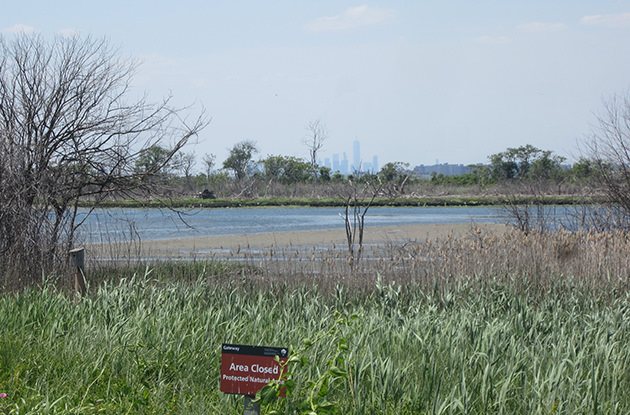More Family Activities Articles:

Things to Do with Kids in Queens this Weekend
Enjoy these fun things to do this weekend with your kids in Queens. Start planning your weekend now with our robust list of the top things to do in Qu...Latest News:

Things to Do with Kids in NYC this Weekend
Enjoy these fun things to do with your kids in New York City this weekend. Start planning your weekend now with our editorially curated list of happen...Family Activities:
Have a Laugh:

Best Memes of the Week for Parents
Here are the funniest parenting memes from Instagram, Facebook, and Reddit this week.Featured Listings:

ISTEIN Education Center
Forest Hills, NY We offer a multitude of programs including music, academic enrichment, and Chinese. All of our teachers are certified and have been teaching their pas...

All Star Studios
Forest Hills, NY Classes offered include Ballet, Jazz, Tap, Hip Hop, Theater, and Acrobatics for children starting at age 3 to Adults. Private classes and birthday par...

LIC Dental Associates
Long Island City, NY Long Island City Dental associates has redesigned the patient experience to create a dental practice that provides comprehensive, personalized, and qu...

Bankers Life - Kimberly Williams-Regnier
Bankers Life is the primary subsidiary of CNO Financial Group, Inc. (itself formerly Conseco, Inc until 2010). The company was established in 1879 in ...



